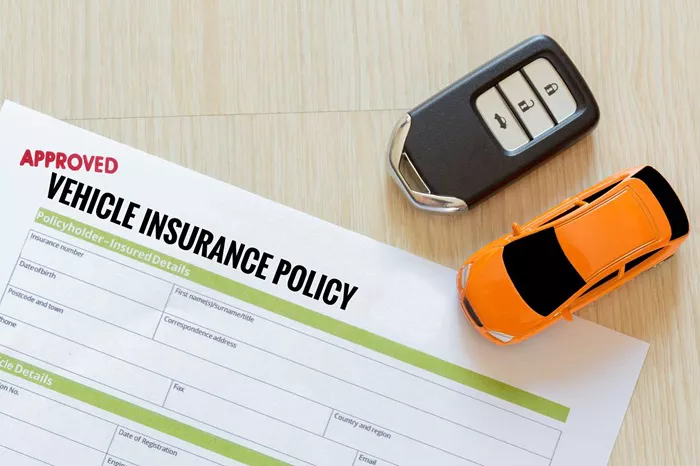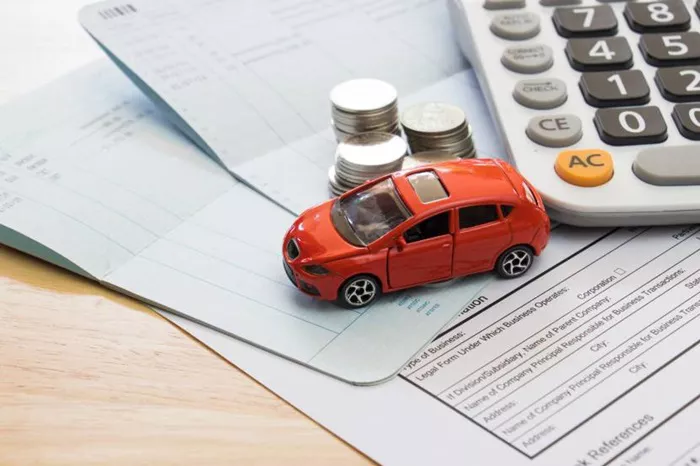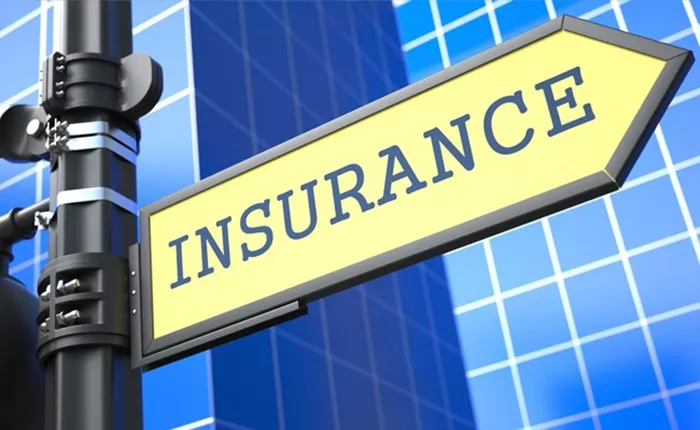RVs are not just vehicles—they’re homes on wheels, offering comfort and convenience while on the road. But just like any home, RVs are prone to wear and tear, and one of the most common issues RV owners face is leaks. Whether it’s a leaking roof, windows, plumbing system, or a crack in the RV’s body, leaks can lead to significant damage if left unchecked. This leads many RV owners to ask: Does RV insurance cover leaks?
In this article, we’ll dive deep into RV insurance, how it works, and whether it provides coverage for leaks. By the end of this article, you’ll have a better understanding of whether your RV insurance will help you repair leaks and what steps you can take to ensure you’re covered.
What Is RV Insurance?
Before we get into the specifics of leak coverage, let’s take a moment to understand RV insurance. RV insurance is designed to protect your recreational vehicle in the event of accidents, damages, or theft. It’s similar to auto insurance but tailored specifically for RVs.
There are different types of coverage under RV insurance, but the most common types include:
Liability Coverage: This covers damages or injuries you cause to others in an accident.
Collision Coverage: This covers damage to your RV in the event of a collision with another vehicle or object.
Comprehensive Coverage: This protects your RV from damages not caused by a collision, including vandalism, fire, theft, or weather-related incidents.
Personal Property Coverage: This covers the personal items inside your RV, such as electronics, camping gear, and clothing.
When it comes to leaks, the most relevant type of coverage is comprehensive coverage, which protects against non-collision damages. However, whether leaks are covered under your comprehensive policy depends on several factors.
How Leaks Can Damage Your RV
Leaks in an RV can come from various sources, each leading to different types of damage. Some common causes of leaks in RVs include:
Roof Leaks: The RV roof is constantly exposed to the elements, and over time, it may develop cracks or holes that allow water to seep in. This can damage the interior, electrical systems, and insulation.
Window Leaks: RV windows may develop seals that break down over time, allowing water to leak inside. This can lead to mold growth, rust, and other damage.
Plumbing Leaks: Leaks in the plumbing system, such as from pipes or faucets, can cause water to pool inside the RV. This can damage flooring, cabinetry, and walls.
Body Leaks: Cracks or seals in the RV’s body may allow rain or moisture to penetrate, causing structural damage and deterioration.
No matter the source, water damage from leaks can lead to costly repairs. Left untreated, leaks can result in the growth of mold, damage to electrical systems, and weakening of the RV’s structure.
Does RV Insurance Cover Leaks?
When it comes to leaks, the coverage depends on the type of leak, its cause, and your specific insurance policy. Let’s break down the scenarios where RV insurance might or might not cover leaks.
1. Comprehensive Coverage and Leaks
Comprehensive coverage is the part of your RV insurance that covers non-collision-related damages. This includes things like vandalism, natural disasters, fire, and damage from falling objects. Comprehensive coverage can also cover leaks caused by unforeseen events like:
Storm Damage: If a tree branch falls on your RV during a storm and causes a hole in the roof that leads to a leak, comprehensive coverage may cover the cost of repairs.
Vandalism: If someone intentionally damages your RV’s roof or windows, leading to a leak, comprehensive coverage might help pay for the repairs.
However, comprehensive coverage typically does not cover damage from wear and tear, which includes leaks caused by aging materials or neglect. For example, if your roof leaks because the seals have deteriorated over time due to lack of maintenance, your insurance policy may not cover the repair costs.
2. Liability Coverage and Leaks
Liability coverage, which covers damages you cause to others, does not cover leaks in your RV. It’s focused on incidents where your RV causes damage to someone else’s property or injures someone. Therefore, if a leak occurs inside your RV, liability coverage would not be applicable.
3. Roof Leaks and Wear and Tear
A common issue RV owners face is roof leaks. Over time, the roof of an RV can degrade due to exposure to the sun, rain, and other environmental factors. While roof leaks are one of the most common types of leaks in RVs, insurance typically won’t cover repairs to a leaking roof if the leak is due to normal wear and tear.
For example, if your RV’s roof develops a leak because the sealant has cracked or the roof material has worn out due to age, you’ll likely be responsible for the repair costs. Insurance is unlikely to cover damage from issues that arise due to the age of the RV or lack of proper maintenance.
4. Plumbing Leaks and Comprehensive Coverage
Leaks in the plumbing system, such as a cracked pipe or malfunctioning faucet, may or may not be covered by RV insurance. If the plumbing leak is caused by an event covered by your comprehensive policy—like a plumbing failure due to a storm—it may be covered. However, if the leak is caused by general wear and tear, poor maintenance, or a slow build-up of damage, it will not be covered.
For example, if your water pipes freeze and crack due to cold temperatures, your RV insurance may cover the damage if you have comprehensive coverage. On the other hand, if the leak is caused by a slow plumbing issue that has been neglected, it will likely be your responsibility to repair it.
5. Window and Body Leaks
Leaks around windows or the RV’s body are typically a result of faulty seals, cracks, or damage to the exterior of the vehicle. Like roof leaks, window and body leaks caused by wear and tear are generally not covered by insurance. However, if the damage is the result of an accident or an unforeseen event, such as a tree falling on your RV, comprehensive coverage may help cover the repairs.
For example, if your RV’s side panel is dented in a collision and the impact causes a leak, comprehensive coverage may help pay for the damage. But if your window leaks due to aging seals, it’s unlikely that insurance will cover the repair costs.
Preventing Leaks in Your RV
Given that many types of leaks are not covered by insurance, the best course of action is to prevent them from happening in the first place. Here are some tips to help you keep your RV leak-free:
1. Regularly Inspect the Roof
The roof of your RV is one of the most vulnerable areas for leaks. Regularly inspect the roof for cracks, holes, or worn-out sealant. If you notice any damage, repair it promptly to prevent further issues. Consider applying a protective coating to the roof to help preserve its integrity.
2. Maintain the Seals on Windows and Doors
Check the seals around windows and doors for signs of wear or damage. If the seals are cracked or deteriorating, replace them immediately. This simple maintenance step can prevent leaks caused by rain or moisture.
3. Winterize Your RV
Plumbing leaks often occur when pipes freeze during cold weather. To prevent this, winterize your RV by draining the water system and adding antifreeze to the pipes before the temperatures drop. This can help prevent expensive plumbing repairs.
4. Store Your RV Properly
When your RV is not in use, store it in a sheltered location to protect it from the elements. If you can’t store it indoors, use a high-quality RV cover to protect the roof and sides from rain, snow, and UV damage.
5. Address Problems Promptly
If you spot any small leaks or signs of moisture, address them as soon as possible. Fixing minor issues early can prevent them from turning into major problems that could require expensive repairs.
What to Do If You Have a Leak in Your RV
If you discover a leak in your RV, here are the steps you should take:
Inspect the Source of the Leak: Identify where the leak is coming from. This will help you determine if it’s covered by insurance or if it’s due to wear and tear.
Document the Damage: Take photos of the leak and any damage it has caused. This will be useful if you decide to file a claim.
Contact Your Insurance Provider: If the leak is caused by an incident covered under your policy, such as storm damage, contact your insurance provider to report the damage.
Get Professional Repairs: Depending on the severity of the leak, you may need to take your RV to a professional for repairs. Ensure the repairs are done correctly to prevent further damage.
Take Preventive Measures: Once the leak is repaired, take steps to prevent future leaks by maintaining your RV regularly.
Conclusion
When it comes to RV insurance, leaks can be a tricky issue. While comprehensive coverage may cover certain types of leaks caused by unforeseen events, damage from wear and tear is typically not covered. It’s important to understand your policy’s terms and conditions, and to regularly maintain your RV to prevent leaks from occurring in the first place.
By taking preventive measures and keeping your RV in good condition, you can reduce the risk of leaks and avoid costly repairs. If a leak does occur, be sure to document the damage and reach out to your insurance provider to see if the repair costs are covered.
Related Topics:
Top 5 RV Insurance Companies for 2025




















